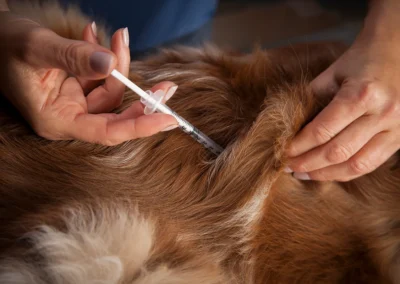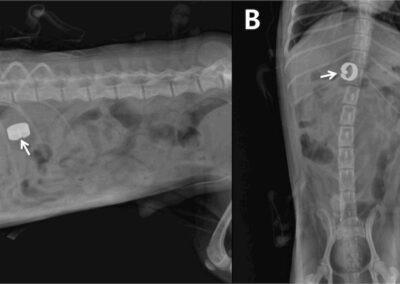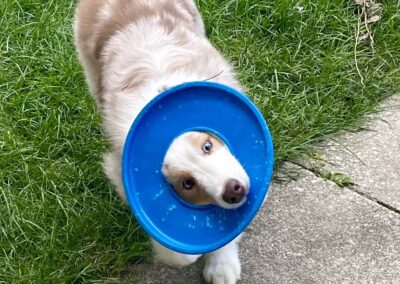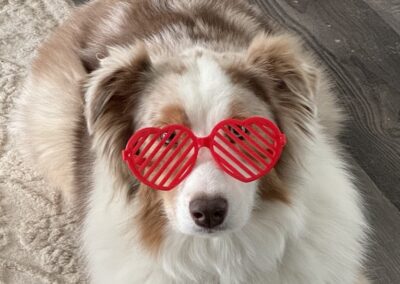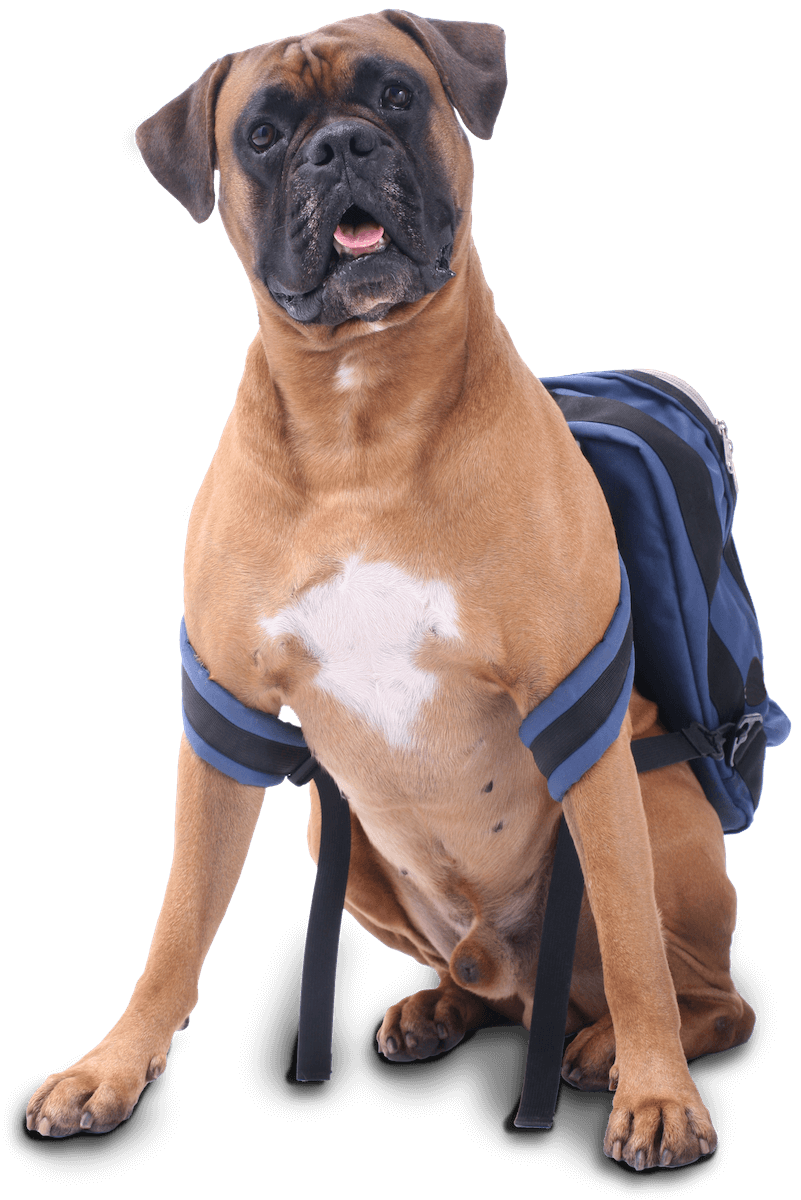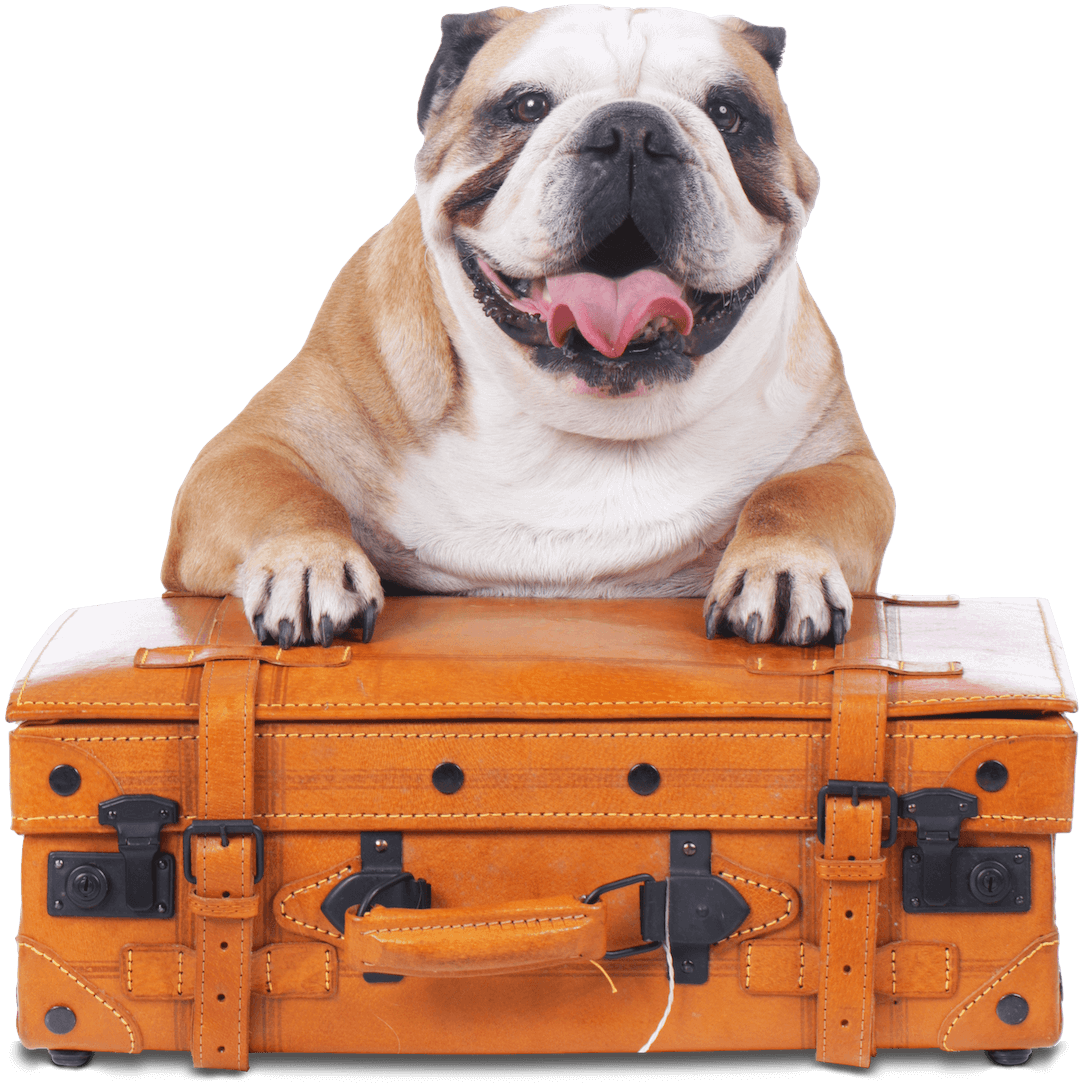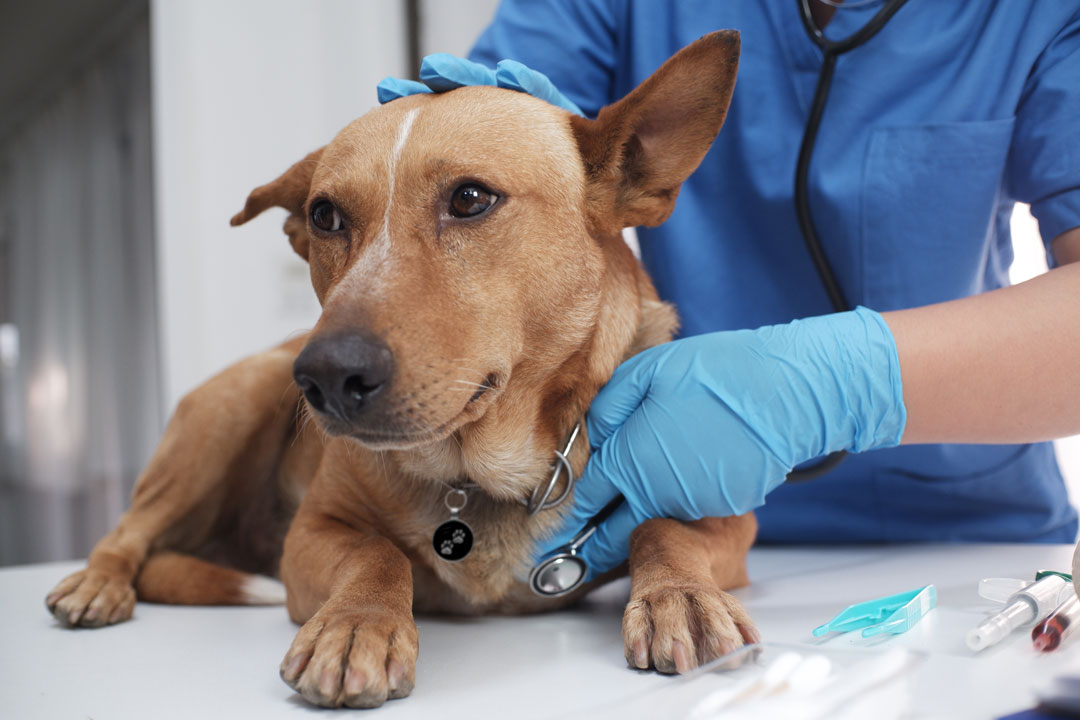
Leash reactivity is a common behavioral issue many dog owners face, but with the right understanding and approach, it can be effectively managed. When a dog becomes overly reactive while on a leash, it can lead to stressful walks for both the dog and the owner. This post will provide a brief introduction to leash reactivity, explore the use of positive reinforcement training, medications, and supplements, and highlight the importance of consulting a veterinary behaviorist.
What is Leash Reactivity?
Leash reactivity refers to a dog’s overreaction to certain stimuli while on a leash. This can include barking, lunging, growling, or showing signs of anxiety or fear. The triggers can vary widely from other dogs, people, bicycles, or even cars. Understanding the root cause of this behavior is crucial for managing it effectively.
Causes of Leash Reactivity
Several factors can contribute to leash reactivity:
- Fear or Anxiety: Many dogs react out of fear or anxiety, feeling trapped by the leash.
- Frustration: Some dogs become frustrated when they can’t reach the object of their interest.
- Lack of Socialization: Insufficient socialization during the critical periods of development can lead to reactivity.
- Protective Behavior: Dogs may become reactive if they feel the need to protect their owner or themselves.
Positive Reinforcement Training
Positive reinforcement training is a powerful and humane approach to managing leash reactivity. Here are three effective techniques:
Counter-Conditioning and Desensitization:
Example: Start by exposing your dog to the trigger at a distance where they remain calm. Gradually decrease the distance over time, rewarding your dog with treats and praise for staying calm. This helps the dog associate the trigger with positive experiences.
Clicker Training
Example: Use a clicker to mark the exact moment your dog exhibits a desired behavior, such as looking at you instead of reacting to a trigger. Follow the click with a treat. Over time, your dog will learn to focus on you instead of the trigger.
“Look at That” Game
Example: Encourage your dog to look at the trigger and then look back at you for a reward. This helps the dog understand that noticing the trigger and then paying attention to you is a rewarding behavior.
Medication and Supplements
In some cases, positive reinforcement training alone might not be sufficient. Here are a few options that can be used alongside training:
Medications
Example: Anti-anxiety medications like fluoxetine or clomipramine can help reduce overall anxiety levels, making it easier for the dog to focus on training.
Supplements
Example: Natural supplements like L-theanine or alpha-casozepine can have calming effects on dogs. Always consult with a veterinarian before starting any supplements to ensure they are safe and appropriate for your dog.
Pheromone Products
Example: Products like Adaptil, which emit synthetic dog appeasing pheromones, can create a sense of security and calm for anxious dogs.
The Role of a Veterinary Behaviorist
For dogs with severe leash reactivity or those not responding to initial training and interventions, consulting a veterinary behaviorist can be invaluable. Veterinary behaviorists are veterinarians with specialized training in animal behavior. They can:
- Conduct thorough assessments to understand the underlying causes of reactivity.
- Develop comprehensive, tailored behavior modification plans.
- Prescribe and manage medications if necessary.
Conclusion
Leash reactivity can be a challenging issue, but with patience, consistency, and the right approach, it can be managed effectively. Positive reinforcement training, medications, and supplements can all play a role in helping your dog become more comfortable and less reactive on walks. Always remember to consult with a veterinarian or a veterinary behaviorist to ensure you are using the most appropriate methods for your dog’s specific needs. By working together, you and your dog can enjoy more peaceful and pleasant walks.
Understanding leash reactivity and applying the appropriate techniques can transform your walks and enhance the bond between you and your dog. With dedication and the right support, you can help your dog navigate their world with greater confidence and calm.
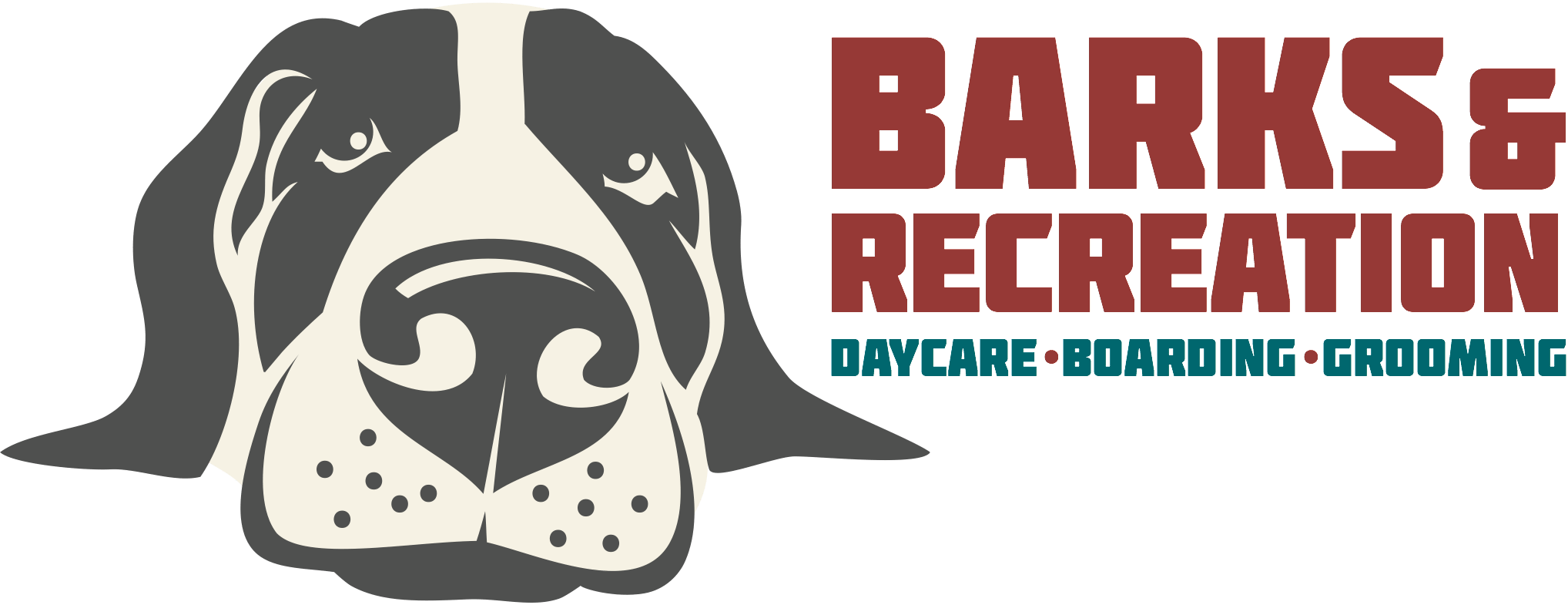

 Barks & Recreation is proud to feature Dr. Eileen Savier CVA, CVCH as our Veterinary Blogger in our “From the Vet” Series — offering information related to the health and welfare of your furry family members! Currently part of the team of doctors at Keystone Veterinary Clinic, Dr. Savier is a 2012 Graduate of the Ross University School of Veterinary Medicine, She completed her clinical experience at The Ohio State University and after veterinary school she pursued further education and certification in Veterinary Acupuncture, Chinese Herbal Medicine, and Fear Free veterinary visits. Dr. Savier has a special interest in integrative medicine, animal behavior, and internal medicine and is committed to improving animal health care by integrating Eastern and Western philosophies. She enjoys working with fearful & aggressive dogs and cats and she has had additional training in low stress handling techniques and encourages positive reinforcement during exams and procedures. Her clinical interests include pain management, animal behavior, geriatric patient care, and internal medicine.
Barks & Recreation is proud to feature Dr. Eileen Savier CVA, CVCH as our Veterinary Blogger in our “From the Vet” Series — offering information related to the health and welfare of your furry family members! Currently part of the team of doctors at Keystone Veterinary Clinic, Dr. Savier is a 2012 Graduate of the Ross University School of Veterinary Medicine, She completed her clinical experience at The Ohio State University and after veterinary school she pursued further education and certification in Veterinary Acupuncture, Chinese Herbal Medicine, and Fear Free veterinary visits. Dr. Savier has a special interest in integrative medicine, animal behavior, and internal medicine and is committed to improving animal health care by integrating Eastern and Western philosophies. She enjoys working with fearful & aggressive dogs and cats and she has had additional training in low stress handling techniques and encourages positive reinforcement during exams and procedures. Her clinical interests include pain management, animal behavior, geriatric patient care, and internal medicine.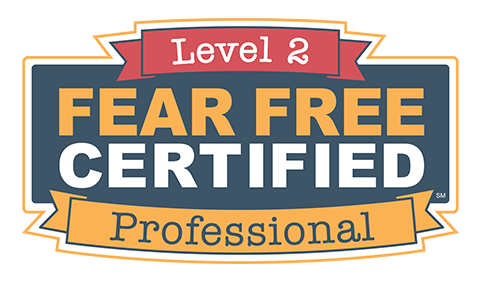 Dr. Savier shares her home with two (soon to be three) dogs, two cats, and a toddler. She lovingly refers to her two dogs as Coconut Retrievers as they were rescue dogs she brought home from the island of St. Kitts. In her free time she enjoys spending time with her family, going to the beach, and planning her next Disney vacation.
Dr. Savier shares her home with two (soon to be three) dogs, two cats, and a toddler. She lovingly refers to her two dogs as Coconut Retrievers as they were rescue dogs she brought home from the island of St. Kitts. In her free time she enjoys spending time with her family, going to the beach, and planning her next Disney vacation.